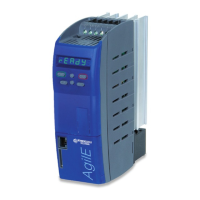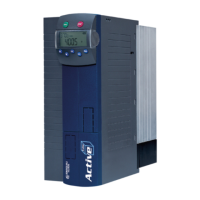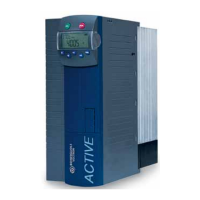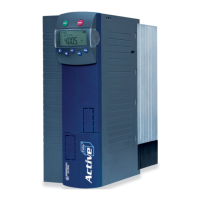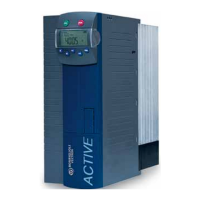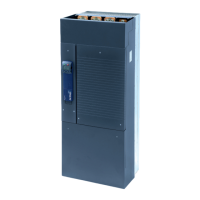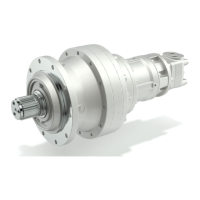334 -
Multiplication
by fraction
The input value at I1 is multiplied by the parameter value P1 and
divided by parameter value P2. See chapter 5.3.2.3.
335 -
Multiplication
long with per-
cent
The input value at I1 (long) is multiplied by the parameter value I2
(percentage) and divided by parameter value P2. See chapter
5.3.2.4.
336 - Division
The input value at I1 is divided by the input value at I2 and the input
value at I3. See chapter 5.3.3.1.
337 -
Division by
const.
The input value at I1 is divided by the parameter value P1. See chap-
ter 0.
338 - Reciprocal
The parameter value P1 is divided by the input value at I1. See chap-
ter 5.3.3.3.
339 -
Multiplication
and division
The input value at I1 is multiplied by the input value at I2 and the
result is divided by the input value at I3. See chapter 5.3.4.
340 - Average
The average is calculated from the input values at I1, I2 and I3. See
chapter 5.3.5.
341 -
Absolute value
2D vector
The absolute value is formed from the orthogonal (square-angle)
input values at I1 and I2. See chapter 5.3.6.
342 -
Absolute value
3D vector
The absolute value is formed from the orthogonal (square-angle)
input values at I1, I2 and I3. See chapter 5.3.7.
350 - Integrator The input value at I1 is integrated. See chapter 5.3.8.
351 - Differentiator The input value at I1 is differentiated. See chapter 5.3.9.
360 -
Absolute value
function
The absolute value of the input value at I1 is calculated. See chapter
5.3.10.
361 - SQR (I1) The input value at I1 is squared. See chapter 5.3.11.
362 - Cube (I1) The input value at I1 is cubed. See chapter 5.3.12.
363 - Square root
The square root is calculated from the input value at I1. See chapter
5.3.13.
364 - Modulo
Multiplication and division. O1 = result , O2 = modulo. See chapter
5.3.14.
Controller Analog functions
370 - P controller
The control deviation (I1 – I2) is multiplied by the amplification P1.
See chapter 5.4.1.
371 -
PI-Controller
(ms)
The control deviation (I1 – I2) is multiplied by the amplification P1 an
the I component (total of control deviation over time) is added. The
integral time is indicated in milliseconds [ms]. See chapter 5.4.2.
372 - PI-Controller (s)
The control deviation (I1 – I2) is multiplied by the amplification P1 an
the I component (total of control deviation over time) is added. The
integral time is indicated in seconds [s]. See chapter 5.4.3.
373 -
PD(T1)-
Controller (ms)
The control deviation (I1 – I2) is multiplied by the amplification P1.
The D component is added. See chapter 5.4.4.
374 -
PID(T1) con-
troller (ms)
The control deviation (I1 – I2) is multiplied by the amplification (=1).
The I component and the D component are added. To adjust another
amplification, a P-controller must be connected in series. The integral
time is indicated in milliseconds [ms]. See chapter 5.4.5.
375 -
PID(T1) con-
troller (s)
The control deviation (I1 – I2) is multiplied by the amplification (=1).
The I component and the D component are added. To adjust another
amplification, a P-controller must be connected in series. The integral
time is indicated in seconds [s]. See chapter 5.4.6
Filters Analog functions
380 - PT1 element
The input value at I1 is filtered according to the set filter time con-
stant. See chapter 5.5.1.
381 - Time average
The average is calculated from the input values at I1 (over a certain
period of time). See chapter 5.5.2.
382 - Ramp limitation
The output value follows the input value at a limited ramp gradient.
The ramp gradient can be adjusted. See chapter 5.5.3.
383 - Spike filter
Input spikes are filtered out of the input value at I1. See chapter
5.5.4.
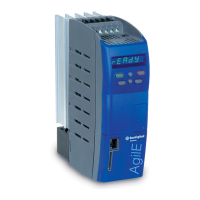
